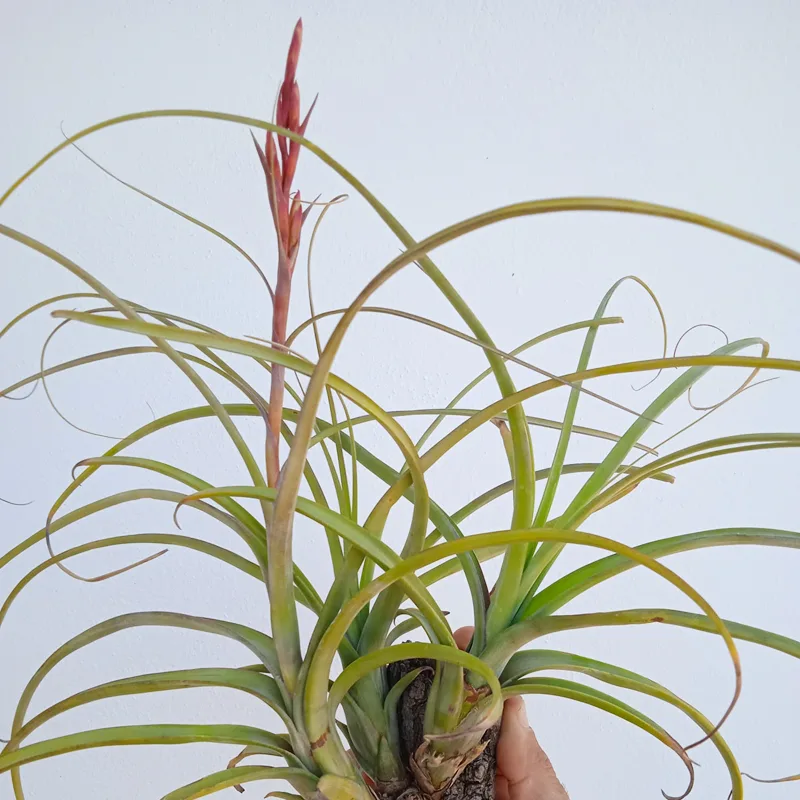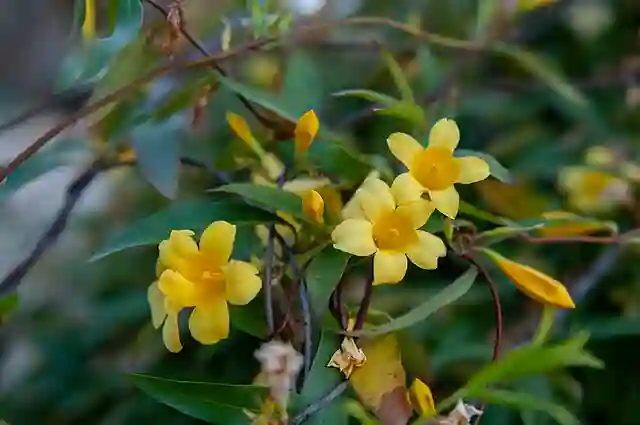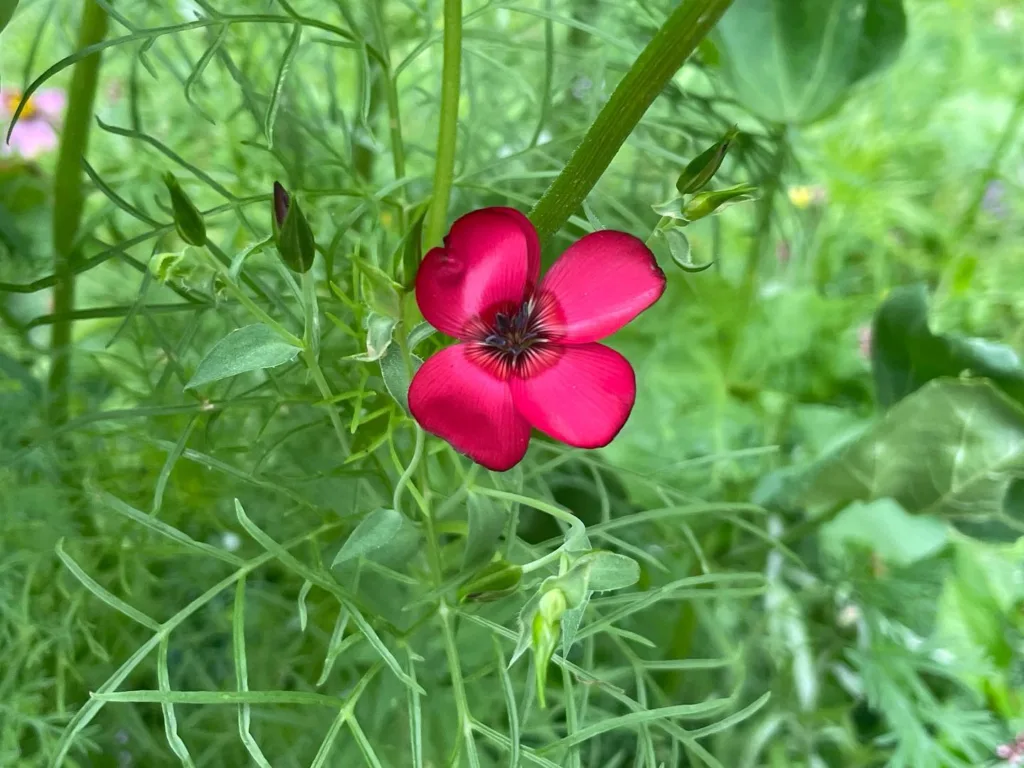Falling for Snowdrops: An Exploration of the Genus Galanthus
My name is Ferb Vu, and I’m a bit obsessed with snowdrops. Not the kind that fall from the sky, but the delicate, bell-shaped flowers that emerge from the earth in late winter, often while snow still blankets the ground. These harbingers of spring belong to the genus Galanthus of the Amaryllidaceae family, a group of roughly 20 species of bulbous perennials native to Europe and the Middle East.
I first encountered these enchanting blooms during a visit to a botanical garden. There, nestled amongst the dormant perennials, was a swathe of these tiny white flowers, their nodding heads seemingly impervious to the chill. It was love at first sight. Since then, I’ve been captivated by their simple elegance and the promise of renewal they symbolize.
A Closer Look at Galanthus
The name Galanthus originates from the Greek words “gala” (milk) and “anthos” (flower), a fitting description for their milky white blossoms. Each snowdrop boasts two linear leaves and a single flower composed of six petal-like segments called tepals. The outer three tepals are pure white, while the inner three are shorter and often adorned with green markings, creating a subtle yet striking contrast.
What truly fascinates me about Galanthus is the sheer diversity within this seemingly simple genus. While the classic snowdrop, Galanthus nivalis, is the most widespread, there exists a fascinating array of lesser-known species, each with its own unique characteristics.
Delving into Diversity: Species in Galanthus
- Galanthus elwesii: Commonly known as the giant snowdrop, this species is native to Turkey and boasts larger flowers and broader leaves than G. nivalis.
- Galanthus plicatus: This Crimean native is distinguished by its folded leaves, giving it a distinctive textured appearance.
- Galanthus woronowii: Hailing from the Caucasus region, this species is notable for its broad, glossy green leaves that often have a yellow stripe.
- Galanthus reginae-olgae: This autumn-flowering snowdrop, native to Greece and Sicily, defies the typical spring bloom time of its relatives.
- Galanthus × allenii Baker
- Galanthus alpinus Sosn.
- Galanthus angustifolius Koss
- Galanthus bursanus Zubov, Konca & A.P.Davis
- Galanthus cilicicus Baker
- Galanthus fosteri Baker
- Galanthus gracilis Čelak.
- Galanthus ikariae Baker
- Galanthus koenenianus Lobin, C.D.Brickell & A.P.Davis
- Galanthus krasnovii Khokhr.
- Galanthus lagodechianus Kem.-Nath.
- Galanthus lebedevae Timukhin & Tuniyev
- Galanthus nivalis L.
- Galanthus panjutinii Zubov & A.P.Davis
- Galanthus peshmenii A.P.Davis & C.D.Brickell
- Galanthus platyphyllus Traub & Moldenke
- Galanthus rizehensis Stern
- Galanthus samothracicus Kit Tan & Biel
- Galanthus transcaucasicus Fomin
- Galanthus trojanus A.P.Davis & Özhatay
- Galanthus × valentinei Beck
The Allure of Snowdrops
Why are snowdrops so captivating? For me, it’s their resilience. They emerge when the world is still in winter’s grip, a testament to nature’s enduring strength. They are a symbol of hope, reminding us that even in the darkest of times, beauty and renewal are on their way.
Beyond their symbolic significance, snowdrops possess an understated beauty that speaks volumes. Their simple form and delicate coloration exude a quiet elegance that is both refreshing and timeless. They are a reminder that beauty can be found in the simplest of things.
Cultivating and Conserving Galanthus
The popularity of snowdrops has unfortunately led to over-collection from the wild, threatening some species in their native habitats. This is why it’s crucial to source snowdrops responsibly, ensuring they come from cultivated sources.
Cultivating snowdrops is a rewarding endeavor. They thrive in well-drained soil in partially shaded locations, making them ideal for woodland gardens or beneath deciduous trees. Once established, they will naturalize and multiply, creating carpets of white that increase in beauty year after year.
A Lifelong Passion
My fascination with Galanthus shows no signs of waning. I continue to be enchanted by their delicate beauty, their resilience, and the sheer diversity within this remarkable genus. Whether I’m admiring them in my own garden, exploring botanical collections, or simply learning more about their unique characteristics, snowdrops continue to bring me joy and a renewed appreciation for the wonders of the natural world.
If i die, water my plants!



